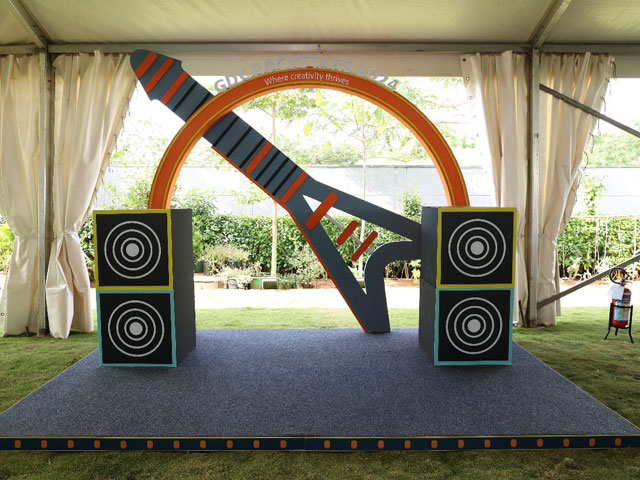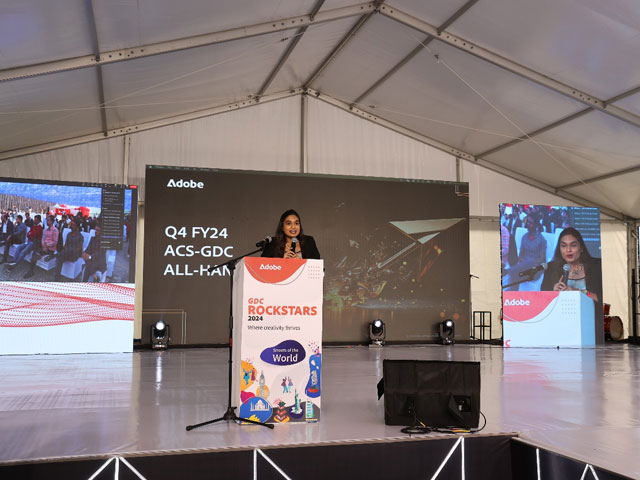10 Types of Seating Arrangements for Events
Choosing the right seating arrangement for an event is key to setting the tone and ensuring a smooth flow. Whether it’s a wedding, a corporate conference, or a small gathering, the seating layout plays a critical role in the event’s success. It affects how guests interact, the ease of communication, and the overall experience.
In this guide, we’ll explore 10 types of seating arrangements that will work perfectly for your next event. From traditional rows to circular formations, we’ll break down the pros and cons of each setup, helping you choose the best option based on your event’s objectives and size. Let’s dive into the world of event seating, so you can create a comfortable and engaging environment for all your attendees.


1. Theater Style Seating
Theater-style seating is one of the most popular seating arrangements for events like conferences, presentations, and seminars. In this setup, chairs are arranged in rows facing the front of the room or stage, similar to a theater. This setup maximizes the use of space and allows for a large number of people to be seated in a small area.
Theater-style seating is ideal for events where the primary focus is on a speaker or presentation. The downside, however, is that it doesn’t facilitate much interaction among guests. It’s best used when the audience’s attention needs to be entirely directed toward a presenter.
For this arrangement, make sure there’s enough space between the rows to ensure comfort. Add a central aisle to help with guest movement, especially in larger rooms.
2. Banquet Style Seating
Banquet-style seating is commonly used for formal events like weddings, gala dinners, and corporate parties. This arrangement places guests at round or rectangular tables, encouraging conversation and socializing.
This style is great for meals and social events, where people are encouraged to interact. Each table typically seats 6-8 people, depending on the space available. The advantage of this arrangement is that it fosters a comfortable, interactive environment, ideal for networking or enjoying a meal.
However, it might not be ideal for events with a focus on presentations or speeches, as it can be difficult for everyone to have a clear view of the speaker. Be mindful of the size of the venue to avoid crowding.
3. Classroom Style Seating
Classroom-style seating is perfect for events that involve note-taking, training sessions, or any kind of learning environment. In this arrangement, tables are arranged in rows, each seating one or two guests, facing forward. This setup allows attendees to have a space for writing or working on laptops, making it ideal for educational or training sessions.
Classroom seating encourages focus, but it limits interaction among attendees. It’s a good option when presentations, lectures, or discussions require participants to take notes or engage with written materials. Make sure the tables are large enough for each guest to have space for a notepad, laptop, or other materials.
4. U-Shape Seating
In U-shape seating, tables and chairs are arranged in a U formation, with the open end facing the front or the speaker. This arrangement encourages interaction among participants while allowing them to maintain a clear view of the presenter or stage.
The U-shape setup is perfect for small to medium-sized groups. It is often used for brainstorming sessions, workshops, and collaborative discussions. This arrangement promotes engagement and allows everyone to participate in the conversation while still focusing on the speaker.
The challenge with this arrangement is that it works best for smaller groups, and may not be ideal for very large events. The setup can also limit the number of people who can comfortably join the conversation.
5. Round Table Seating
Round table seating is another great choice for social events, especially weddings, dinner parties, or conferences where conversation and interaction are key. Tables are usually placed evenly around the venue, with guests seated in a circular formation.
This arrangement encourages conversation and networking, as people seated at the same table can easily talk to one another. Round tables are especially popular for dinner events, as they allow for better food sharing and interaction. However, the downside is that the space can be limited, especially in smaller venues.
Ensure you choose the right table size based on the number of guests per table to avoid overcrowding and ensure everyone has enough space.
6. Cocktail Style Seating
Cocktail-style seating is a more casual and flexible arrangement, perfect for networking events, receptions, and mingling. In this setup, guests do not sit at assigned tables. Instead, they stand around high-top cocktail tables.
This arrangement encourages guests to move around and interact with different people throughout the event. It’s ideal for events where there’s no need for formal seating or when guests are expected to be mobile. However, it can be less comfortable for guests who may prefer to sit down during the event.
Cocktail-style seating works best for events where mingling and networking are the priorities, rather than focusing on a single speaker or performer.
7. Cabaret Style Seating
Cabaret-style seating involves arranging tables around a stage or focal point with chairs facing inward. Each table seats 4-6 people, with chairs placed in a semi-circle around the performance or presentation area.
This setup allows for good interaction between guests while ensuring everyone has a good view of the main action. It’s often used for performances, shows, or dinner theater events. This style works well for events where guests can enjoy a show or presentation while also socializing with the people at their table.
The challenge with this arrangement is that it can be less ideal for large events, as it might limit the number of guests that can comfortably be seated around the stage or performance area.
8. Hollow Square Seating
In the hollow square seating arrangement, tables are set up in a square or rectangular formation with a gap in the center. This setup is best for meetings, brainstorming sessions, and discussions, where everyone can easily see each other and the presenter.
The hollow square is particularly useful when you want to encourage interaction among participants. It’s ideal for workshops, group discussions, and planning sessions where participants need to collaborate closely.
The challenge with this setup is that it’s better suited for smaller groups, as large groups may find it difficult to participate fully in the discussion due to the limited space.
9. Theater in the Round
Theater-in-the-round is a seating arrangement where the audience surrounds the stage on all sides, providing a 360-degree view of the performance or presentation. This setup is popular for theater performances, fashion shows, and concerts.
This arrangement creates an immersive experience for the audience, allowing them to feel close to the action. It’s also great for smaller events, as the intimacy of the setup makes everyone feel connected to the performer or speaker.
However, it may not work well for large audiences, as the space may become too crowded, and some guests may not have an optimal view.
10. Lounge Style Seating
Lounge-style seating is perfect for more casual, relaxed events such as parties, social gatherings, or cocktail hours. This arrangement uses comfortable furniture like couches, armchairs, and ottomans, creating a laid-back, social atmosphere.
Lounge seating encourages interaction and provides a more informal setting where guests can sit, relax, and engage in conversation. This is ideal for events where the focus is more on socializing and networking, rather than presentations or structured activities.
However, lounge seating may not work well for events requiring a formal structure or for large groups, as the seating options are often limited and less organized.
